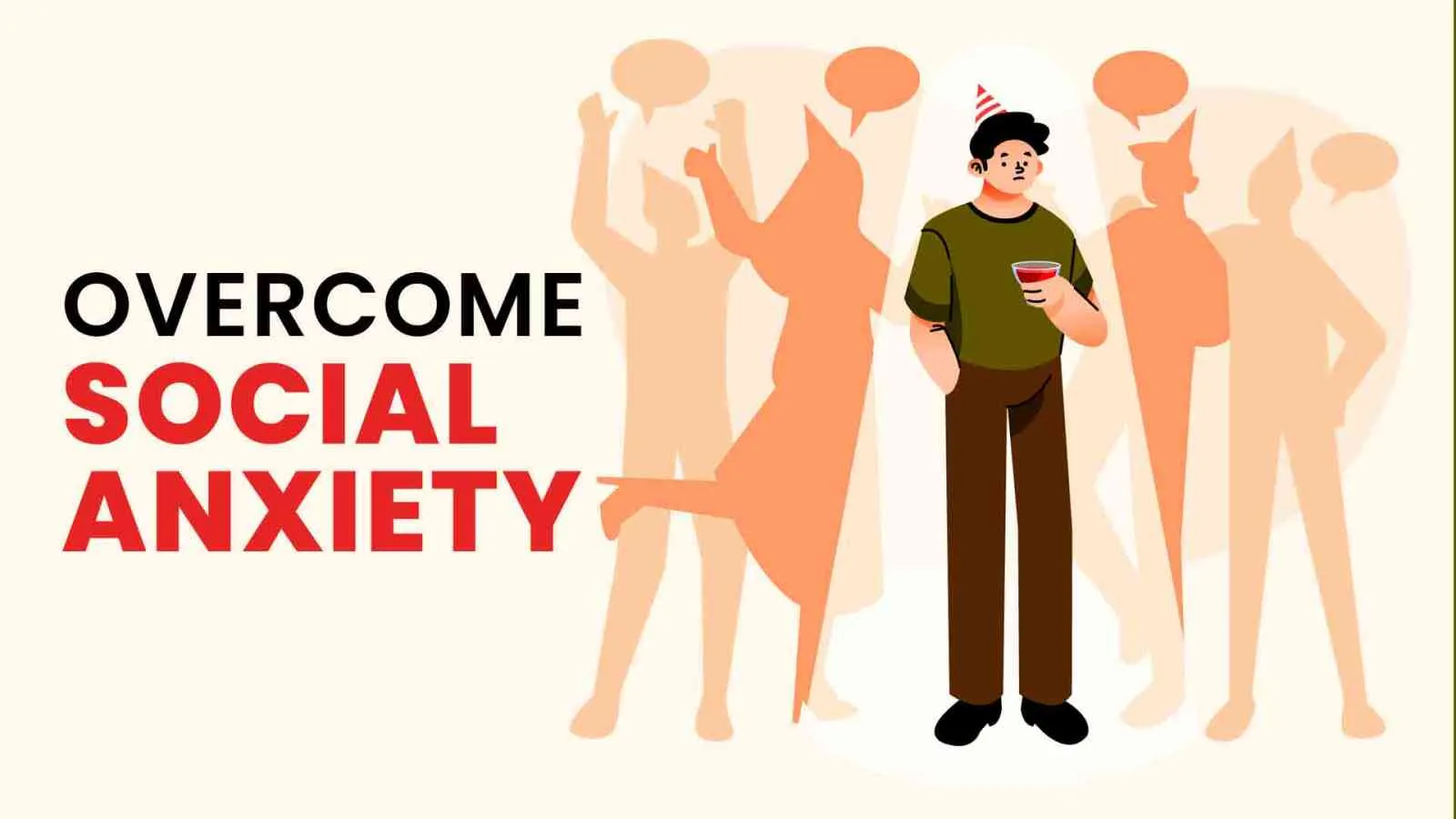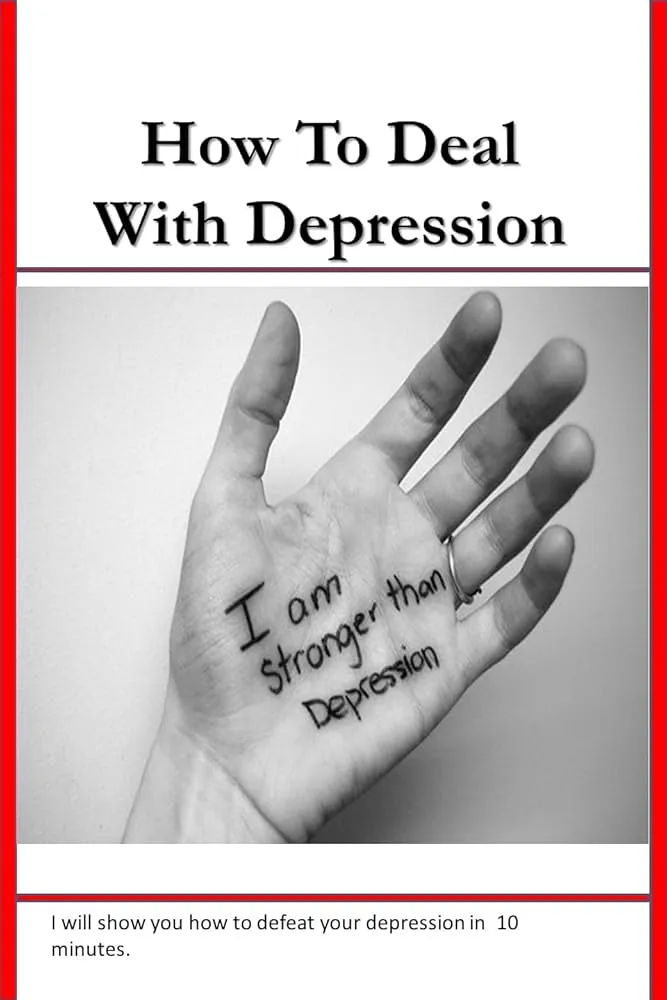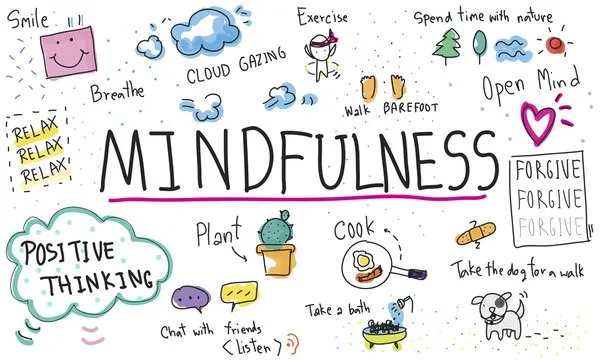In today’s fast-paced world, stress has become a common issue that affects many people. Whether it’s due to work pressures, family responsibilities, or personal challenges, stress can take a significant toll on both our mental and physical well-being. While it may not always be possible to escape stressful situations, there are several activities that can help you relieve stress and restore balance in your life—all from the comfort of your own home.
In this article, we’ll explore some effective stress relief activities you can easily incorporate into your daily routine to improve your overall well-being.
1. Meditation and Mindfulness
One of the most effective and accessible ways to relieve stress at home is through meditation and mindfulness. Both practices help you focus on the present moment, reducing the tendency to ruminate on past events or worry about the future. Meditation has been shown to lower cortisol levels, the hormone associated with stress, and promote relaxation.
How to Get Started with Meditation:
- Find a quiet spot: Choose a comfortable space in your home where you can sit undisturbed for a few minutes.
- Sit comfortably: You can sit on a cushion, chair, or floor with your back straight and relaxed.
- Focus on your breath: Close your eyes and take deep, slow breaths. Focus on the sensation of your breath entering and leaving your body.
- Guided Meditations: If you’re new to meditation, guided meditation apps like Calm, Headspace, or Insight Timer offer a variety of sessions to help you get started.
Even just 10 minutes a day can make a significant difference in reducing stress and improving your mood.
2. Yoga and Stretching
Yoga is an excellent way to relieve both physical and mental tension. By combining breath control with movement and stretching, yoga helps reduce muscle stiffness, improve flexibility, and calm the mind. Whether you’re a beginner or an experienced practitioner, there’s a yoga style or routine that can work for you.
Benefits of Yoga for Stress Relief:
- Releases muscle tension: Yoga helps release the tightness that builds up in the body due to stress.
- Enhances mindfulness: The focus on breathing and movement promotes mindfulness and encourages relaxation.
- Improves posture: Many stress-related issues stem from poor posture. Yoga helps you develop better alignment and reduce strain on your body.
You don’t need to attend a class to practice yoga. Many online platforms, such as YouTube and yoga apps, offer free or low-cost sessions to help you get started.
Simple Yoga Poses for Stress Relief:
- Child’s Pose: A gentle resting pose that helps release tension in the back, neck, and shoulders.
- Cat-Cow Stretch: A combination of arching and rounding your back to release spinal tension and improve mobility.
- Downward-Facing Dog: A stretch that targets your hamstrings, calves, and back while encouraging deep breathing.
3. Take a Warm Bath
A warm bath can be incredibly soothing, not only for your body but also for your mind. Immersing yourself in warm water helps relax muscles, reduce tension, and stimulate the release of endorphins—the body’s natural feel-good chemicals. Adding certain essential oils or bath salts can further enhance the stress-relieving effects.
How to Create a Relaxing Bath:
- Essential oils: Consider adding a few drops of calming essential oils like lavender, chamomile, or eucalyptus to the water. These oils are known for their relaxing properties.
- Bath salts: Epsom salts, which contain magnesium, can help relax your muscles and calm your nerves.
- Soft lighting: Dim the lights or use candles to create a tranquil atmosphere.
- Soothing music: Play calming music or nature sounds to further enhance the relaxing experience.
Taking a bath in the evening before bed can also improve your sleep quality, which is vital for managing stress.
4. Journaling
Writing down your thoughts and emotions can be an effective way to release pent-up stress and gain clarity on the issues that are causing anxiety. Journaling allows you to reflect on your day, process your feelings, and work through difficult emotions in a healthy way.
How to Start Journaling for Stress Relief:
- Freewriting: Set a timer for 10–15 minutes and write without worrying about grammar or structure. Just let your thoughts flow onto the paper.
- Gratitude journaling: Focus on positive aspects of your day by writing down three things you are grateful for. This practice can shift your focus from stress to appreciation.
- Prompts: Use prompts such as, “What’s causing me stress right now?” or “What can I do to feel more at peace?” to guide your writing.
Journaling helps you process emotions, gain insight into your stressors, and create a sense of control over your situation.
5. Listen to Music
Music has a profound impact on our mood and can be an excellent tool for stress relief. Listening to calming music has been shown to reduce cortisol levels and lower blood pressure, helping you feel more relaxed and centered.
How Music Helps Relieve Stress:
- Slows heart rate: Slow, soothing music can help lower your heart rate, making you feel calmer.
- Boosts mood: Uplifting music or your favorite tunes can help improve your mood and increase feelings of joy.
- Encourages deep breathing: Music can encourage you to breathe deeply and relax your body.
Create a playlist of your favorite calming songs or explore curated playlists on platforms like Spotify, YouTube, or Apple Music for relaxation.
6. Try Aromatherapy
Aromatherapy involves using essential oils to promote physical and emotional well-being. Scents like lavender, chamomile, and eucalyptus have been shown to have calming effects and can help relieve stress.
How to Use Aromatherapy:
- Diffuser: Use an essential oil diffuser to disperse calming scents throughout your home.
- Topical application: Dilute essential oils with a carrier oil and apply them to your temples, wrists, or neck for a soothing effect.
- Bath: Add a few drops of essential oil to your bathwater for a full-body relaxation experience.
Aromatherapy can be a simple and effective way to create a calming atmosphere in your home and promote stress relief.
7. Engage in Creative Activities
Engaging in creative activities such as painting, drawing, knitting, or cooking can be an excellent way to distract your mind from stress and engage in a meditative process. The act of creating something with your hands allows you to focus on the present moment and shift your attention away from anxiety-inducing thoughts.
Creative Stress Relief Ideas:
- Art: Grab some colored pencils, paints, or markers and let your imagination run wild. Even simple doodling can help relax your mind.
- Crafts: Knitting, crocheting, or making DIY projects can be soothing and provide a sense of accomplishment.
- Cooking or baking: Preparing a meal or baking a treat can be a fun, mindful activity that helps you focus on something positive.
Creative activities can provide both relaxation and a sense of achievement, which helps reduce stress levels.
8. Practice Deep Breathing
Deep breathing exercises are one of the quickest and most effective ways to reduce stress. By taking slow, deep breaths, you activate the body’s relaxation response and reduce the physical symptoms of stress, such as elevated heart rate and shallow breathing.
How to Practice Deep Breathing:
- Box Breathing: Inhale for 4 seconds, hold for 4 seconds, exhale for 4 seconds, and hold again for 4 seconds. Repeat for a few minutes.
- 4-7-8 Breathing: Inhale for 4 seconds, hold for 7 seconds, and exhale slowly for 8 seconds. This method promotes relaxation and can help you sleep better.
- Diaphragmatic Breathing: Focus on breathing deeply into your diaphragm rather than shallow chest breathing.
By practicing deep breathing regularly, you can reduce your body’s stress response and achieve a greater sense of calm.
Conclusion: Finding Peace and Balance at Home
Managing stress is essential for maintaining a healthy and balanced life. Incorporating stress-relief activities into your daily routine can help you manage the pressures of everyday life while fostering relaxation and well-being. From meditation and yoga to creative activities and deep breathing, there are many ways to relieve stress in the comfort of your own home. Remember, self-care is an important part of maintaining your mental and emotional health—take time for yourself and practice these techniques regularly to achieve a calmer, more peaceful state of mind.




